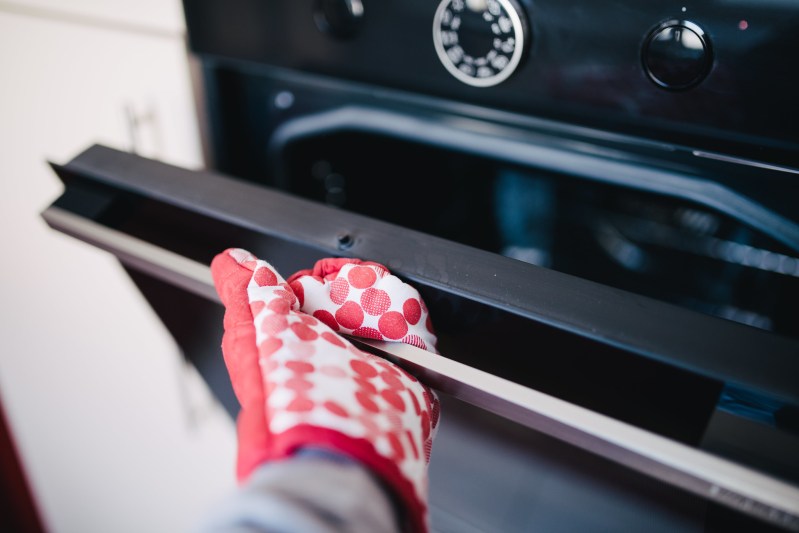
In the summertime, we talk an awful lot about grilling. And who can blame us? Grilling is a hoot, and grilled foods are spectacularly delicious. But for many reasons, grilling isn’t always an option. Perhaps you haven’t yet been inspired to buy a grill for yourself, or you live in a place that’s especially rainy with no covered patio. Maybe you had a particularly embarrassing experience years ago that involved burning off your eyebrows, and you’ve been too scared to pick up the tongs ever since. Whatever the reason, it’s okay. There is another option. In fact, it’s likely something you already have in your kitchen and may not even be aware of. It’s your broiler setting.
In addition to being a fantastic substitute for a grill, your broiler can also do a multitude of other impressive culinary tasks, from cooking to crisping to browning to brûléeing. So it’s in your best interest to learn how to use this handy tool as soon as possible.
Broilers come standard with almost every oven on the market, be it gas or electric. In most cases, the broiler will be on the inside of your oven, the heat coming directly from the top. You’ll access the broiler’s heat by placing one of your oven racks on the highest setting — usually two to three inches from the broiler. In other cases, the broiler may be located in a drawer at the bottom of the oven and will work similarly, but with less control as to how closely your food can be placed to the heat source. Either way, it should be fairly obvious when you give your oven a quick inspection. So in case you’ve ever wondered what that button is for, or, if you’re just noticing it for the first time since you moved in, this is how to use your broiler.

Cook
A broiler is, essentially, an upside-down grill inside your oven. If you know your way around a grill and think about it this way, cooking with the broiler will become quite simple. It gives off very high heat, so it’s designed to cook quickly. Anything that cooks well on fast, high heat will do well in the broiler. Things like thin cuts of meat, smaller vegetables, and even pizza all cook beautifully this way. Simply adjust your settings according to your ingredients.

Crisp
Often the broiler is used for finishing a dish, be it to crisp or to brown (more on browning in a moment). For example, potatoes can’t be fully cooked under a broiler. They would burn on the outside far before even thinking about cooking on the inside. However, if you’ve cooked potatoes using another method, but find they just don’t have that deliciously crispy skin we all love, a quick trip to the broiler ought to do the trick. Simply lightly oil or butter them, season accordingly, and broil for a few minutes for crispy perfection.

Brown
Have you ever wondered how those picture-perfect lasagnas have those gorgeously golden spots burnt into the top layer of cheese? Wonder no more. The secret is a broiler. If you’ve finished a dish, but it just doesn’t have that bubbly golden crust, pop it under the broiler for a bit. This is a perfect way to add some color to casseroles, cheeses, breads, and even proteins.

Brûlée
If you don’t find yourself in possession of a blowtorch, worry not. You can still enjoy the delicate yet naughty crack of a burnt sugared topping. In lieu of torching the tops of these gentle custards, simply place them underneath the broiler for a few minutes for caramelized perfection. Not only will your desserts taste just as good, but you can also prepare more than one at a time, making this preparation perfect for a large group.



